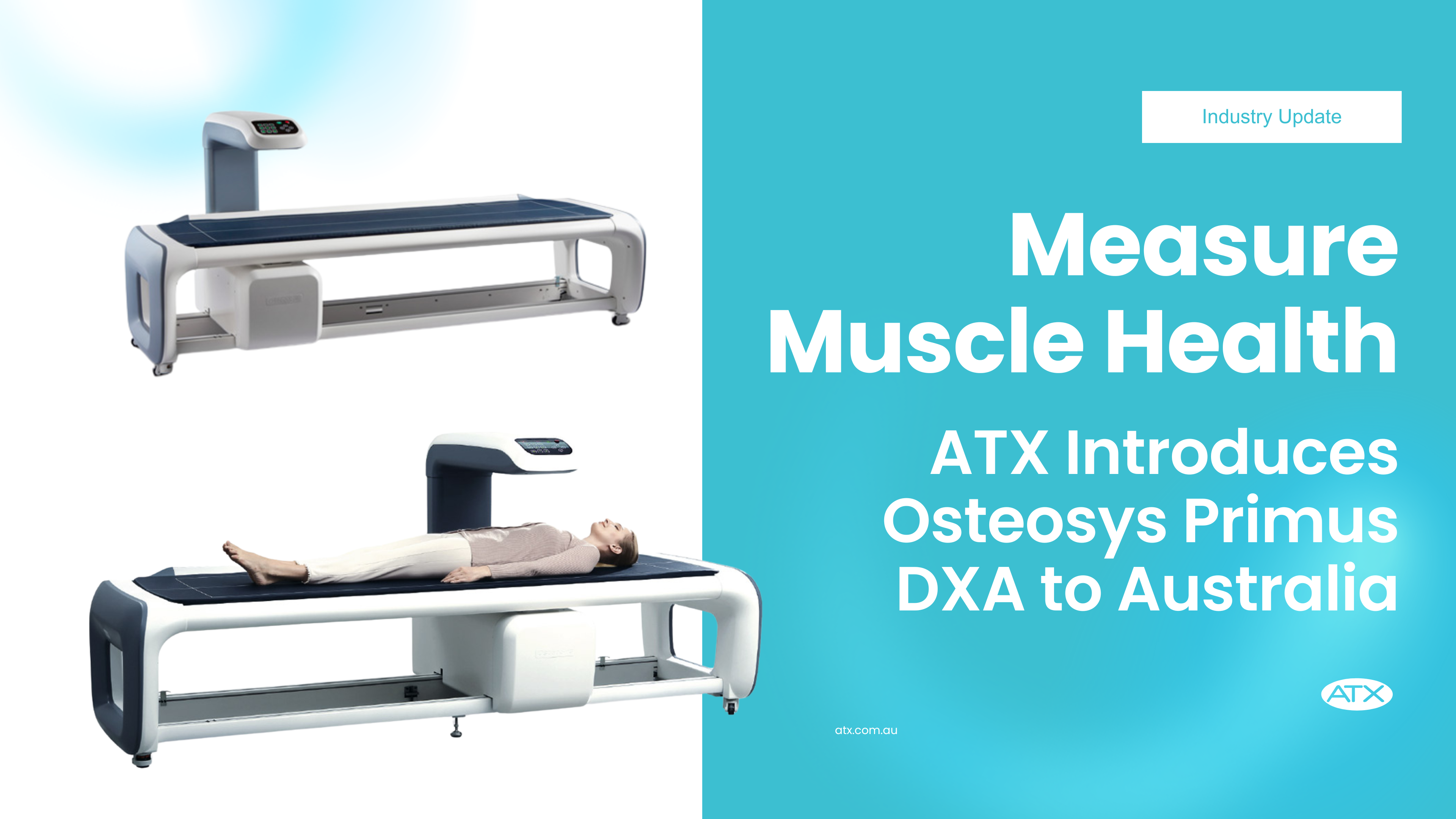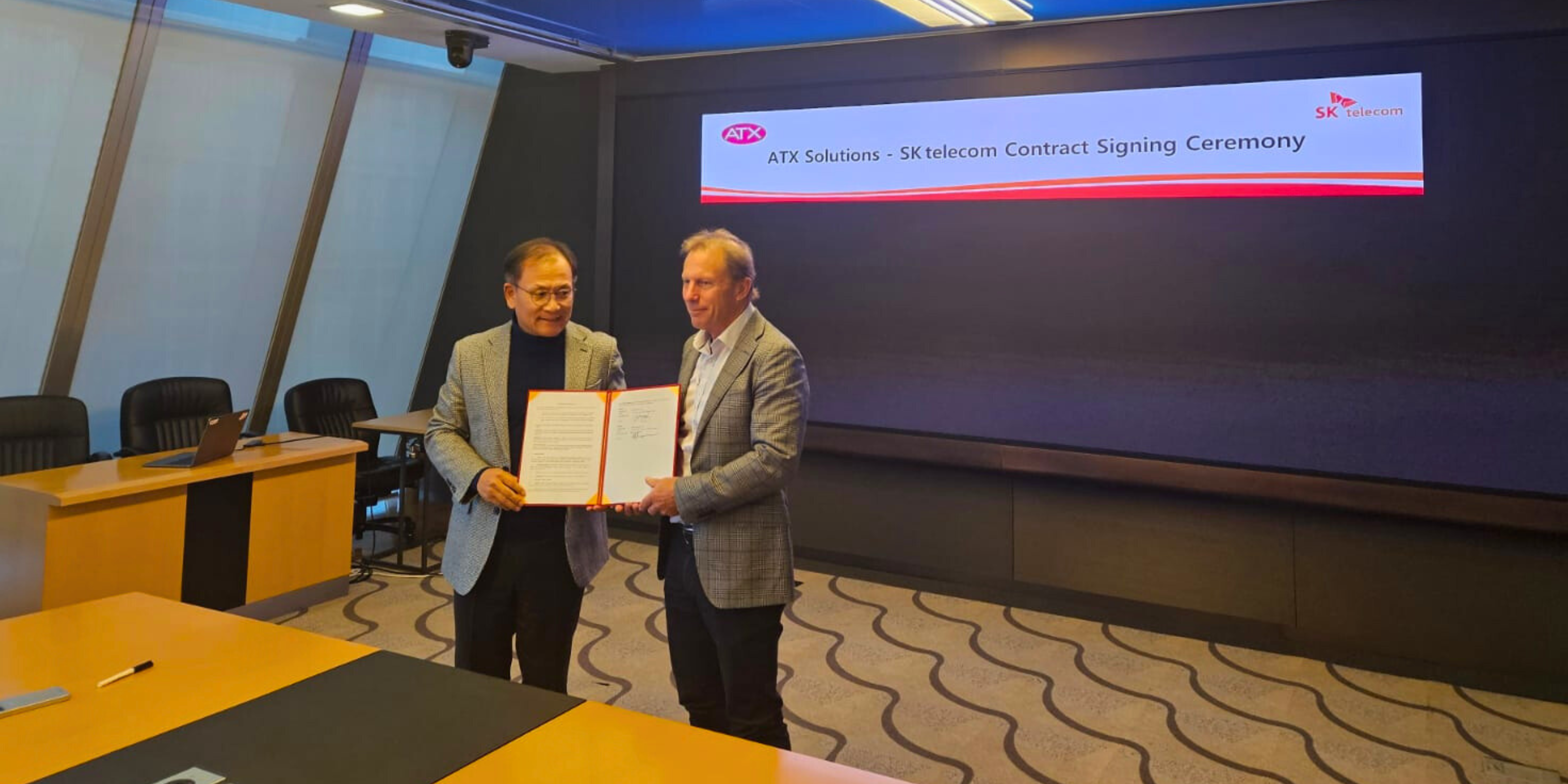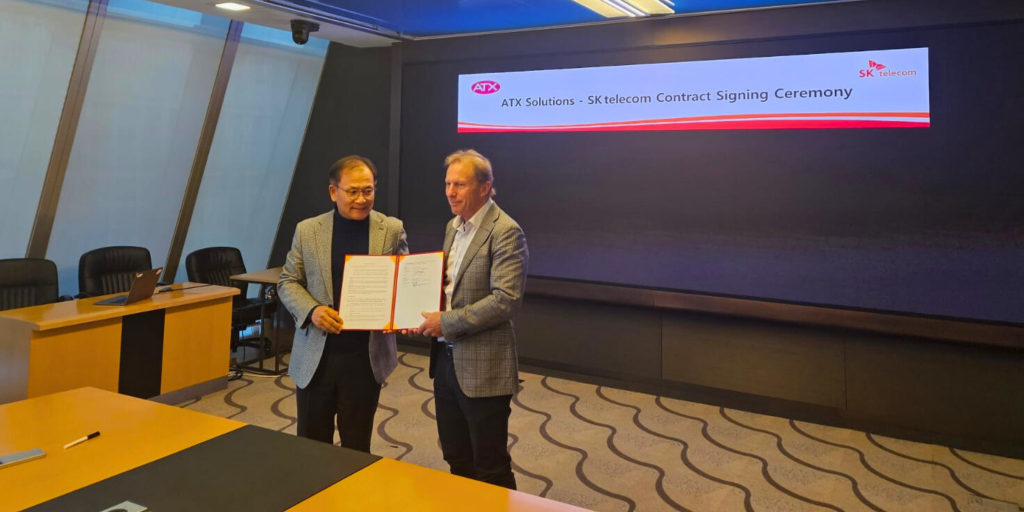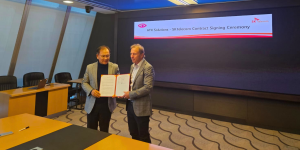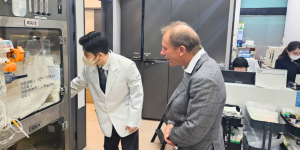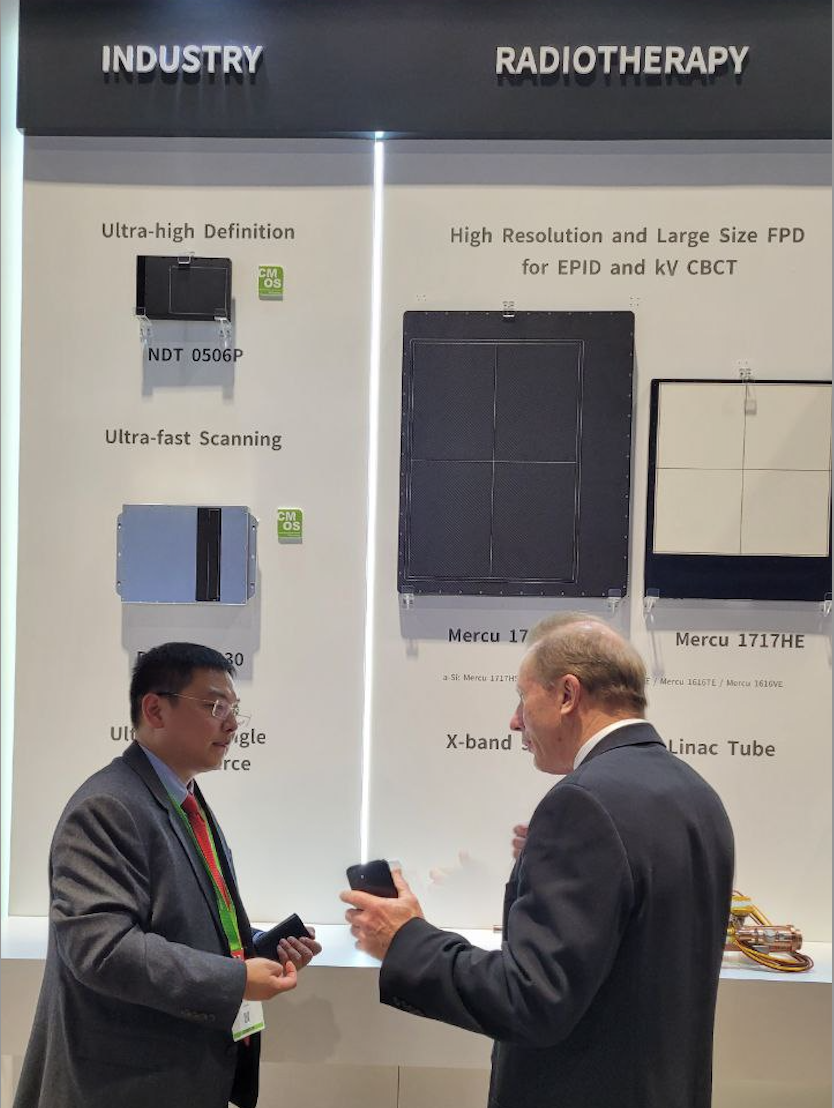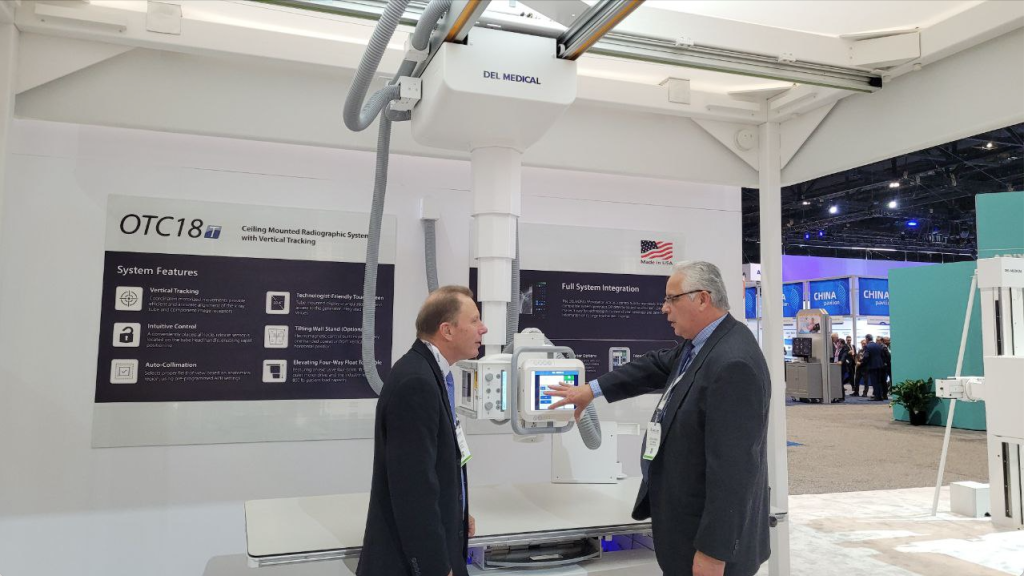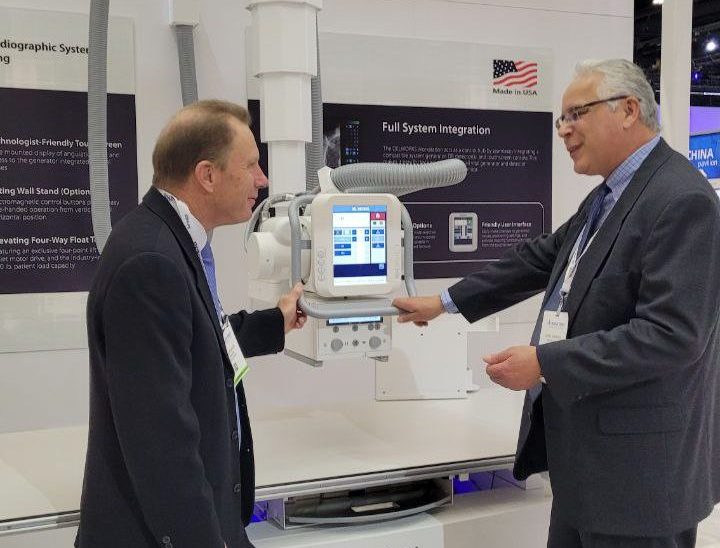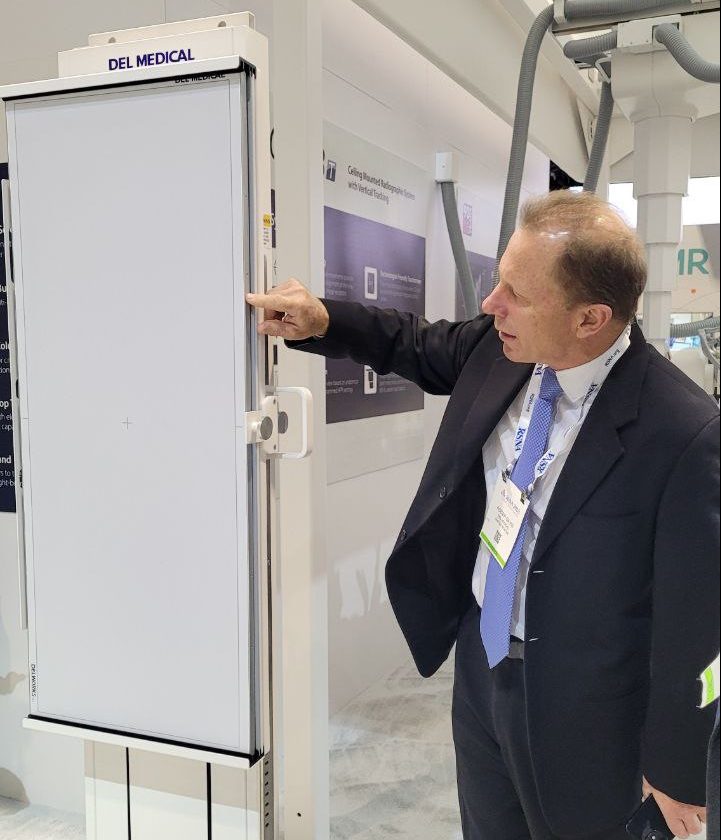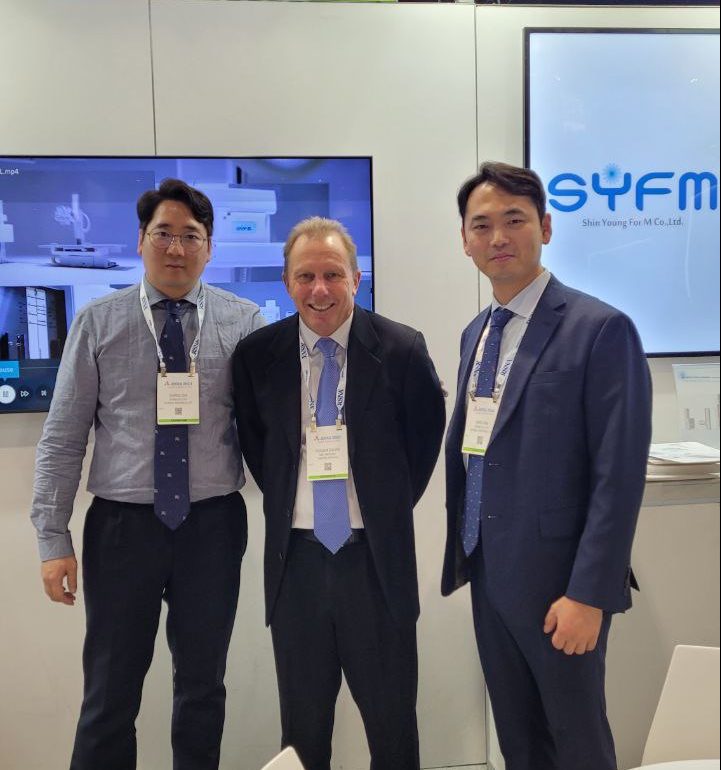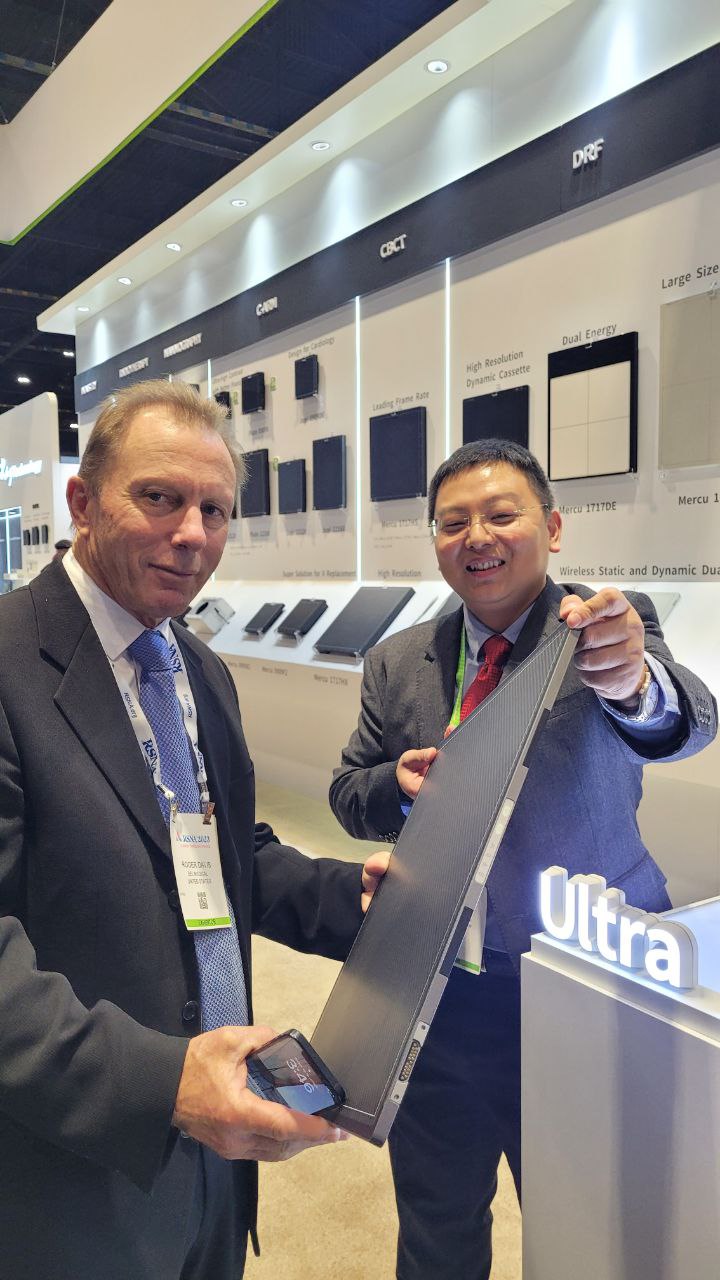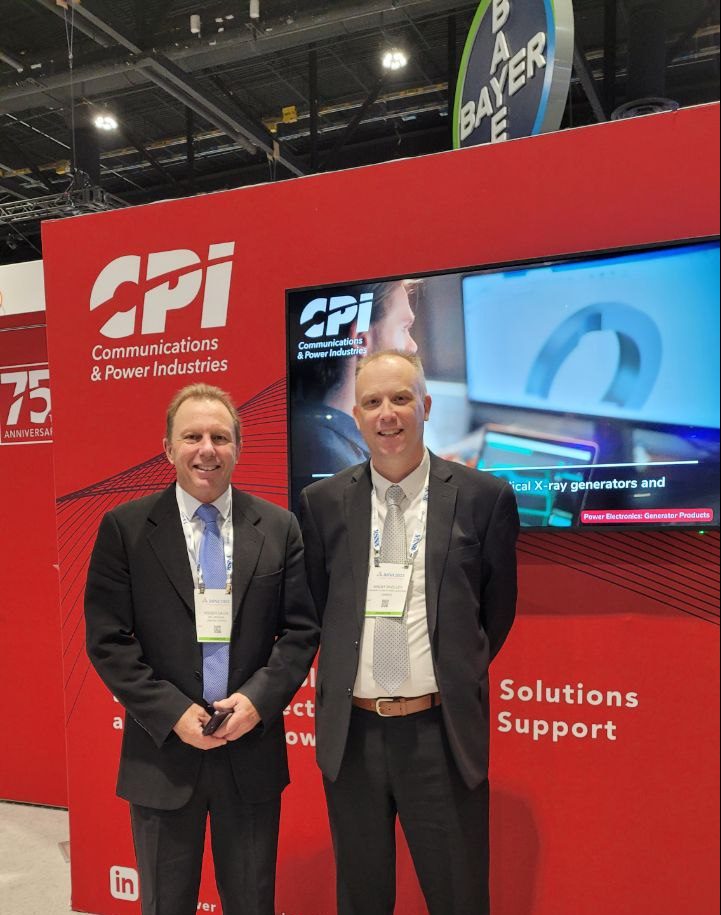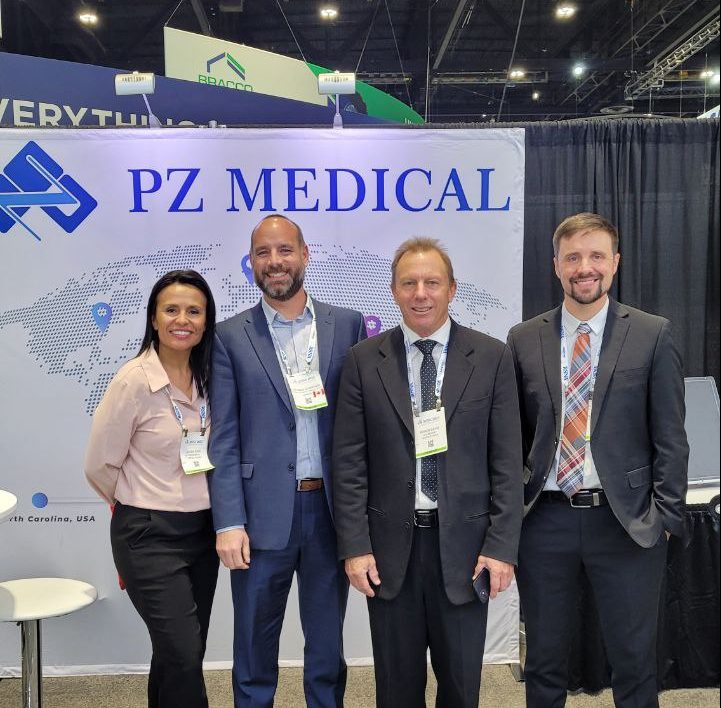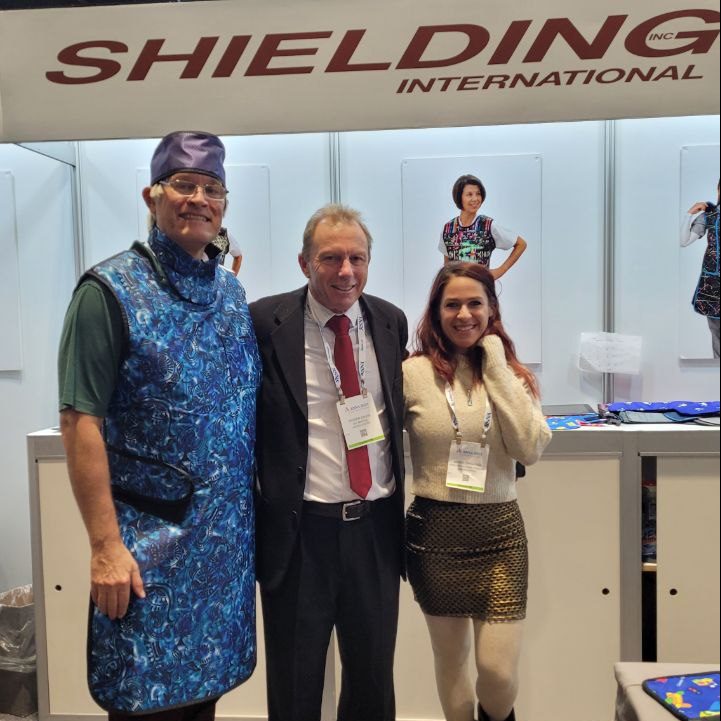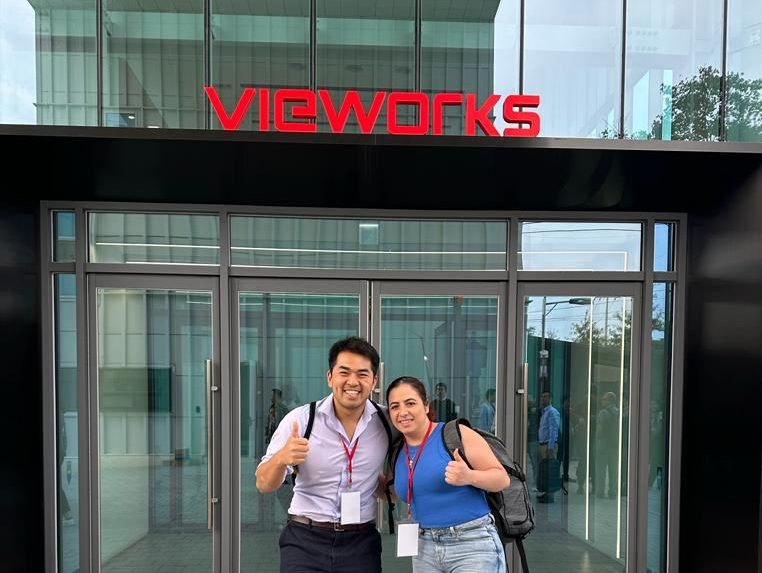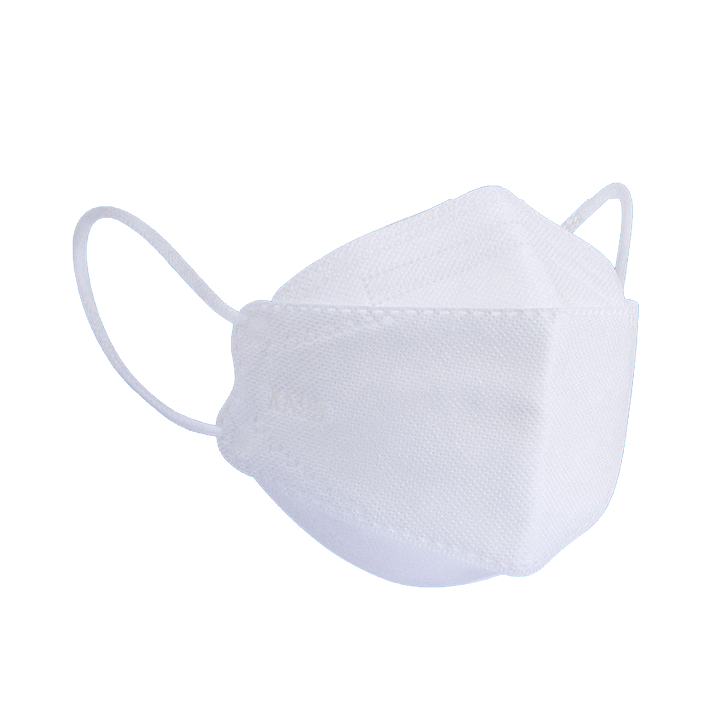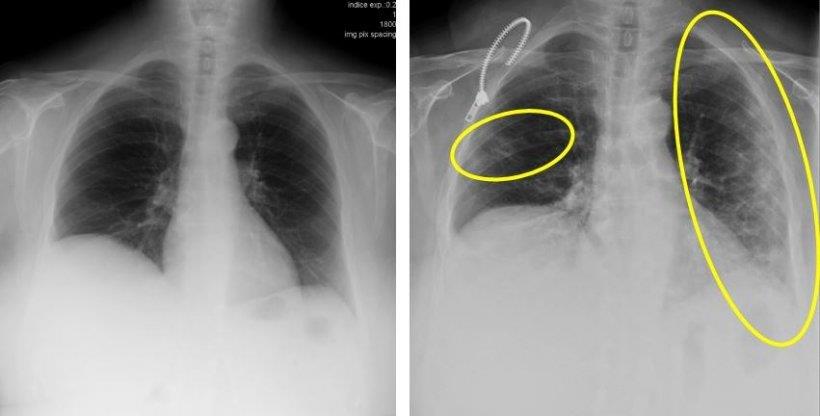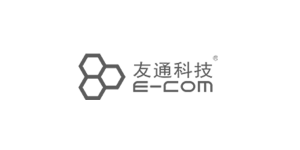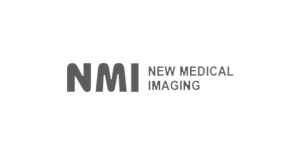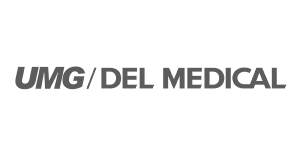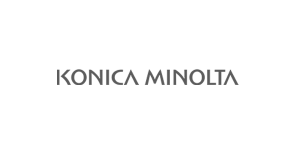DXA: The Most Accessible and Reliable Technology for Measuring Muscle Mass Compared to BIA, CT, and MRI.
The ATX Solutions team recently visited DEXA in South Korea to receive specialised training on the Osteosys Primus DXA system, and we are excited to announce that this advanced system is now available through ATX Solutions.
The Osteosys Primus DXA system offers advanced bone health and muscle mass analysis, providing healthcare professionals with reliable data for assessing Osteoporosis, Osteopenia, and Sarcopenia.
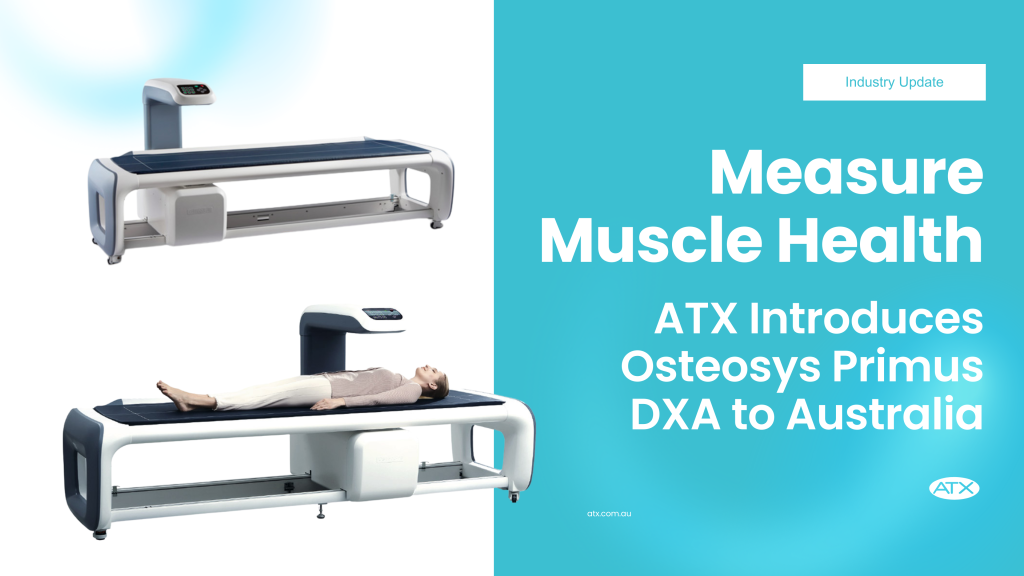
Why the Osteosys Primus DXA System?
The Osteosys Primus DXA system isn’t just your standard bone density scanner—it’s an all-in-one solution that supports better diagnostic precision for patients at risk of conditions like osteoporosis and sarcopenia. With advanced imaging software like Trabecular Bone Score (TBS), it takes DXA scanning to the next level, allowing for a deeper look into bone structure and muscle mass.
Trabecular Bone Score (TBS) for Bone Structure Analysis
TBS is a critical tool for evaluating trabecular bone microarchitecture. Unlike traditional DXA scans that only measure Bone Mineral Density (BMD), TBS provides additional data on the quality of bone structure. This distinction is crucial because patients may have high BMD yet still possess poor bone quality, increasing their risk of fractures.
- Enhanced Fracture Risk Assessment: TBS reclassifies about 30% of osteopenic patients who are at high risk of fractures. These patients, who may not show significant BMD loss, benefit from additional insights into their bone structure.
- TBS in Surgical and Diabetic Populations: For patients undergoing orthopedic or spine surgery, or those with long-term diabetes mellitus (10+ years), TBS in combination with BMD is recommended. These patients often have compromised bone structure, and TBS can improve their risk assessment, aiding in more informed clinical decisions.
Sarcopenia Diagnosis and Monitoring
Sarcopenia, the age-related loss of muscle mass and function, is becoming an increasingly significant issue as populations age. Early detection of sarcopenia can help prevent disability and maintain a patient’s quality of life. The Osteosys Primus DXA system provides accurate measurements of muscle mass, essential for diagnosing sarcopenia.
- Reliable Muscle Mass Measurement: DXA technology is recognized as the most reliable and accessible method for assessing muscle mass compared to alternatives like BIA, CT, or MRI.
- Global Diagnostic Standards: According to global consensus, sarcopenia is defined by low muscle mass (DXA), low muscle strength (grip strength), and low physical performance (gait speed). The Osteosys Primus system is equipped to measure the first of these components with precision, allowing clinicians to diagnose sarcopenia and track its progression.
Who Benefits from the Osteosys Primus DXA System?
This system is particularly valuable for:
- Patients with Osteopenia or Osteoporosis: Provides detailed risk assessments using both BMD and TBS.
- Patients with Diabetes: Offers enhanced bone structure analysis, aiding in treatment planning for long-term diabetic patients.
- Elderly Patients: Detects and monitors sarcopenia, contributing to preventive care strategies.
By utilising the Osteosys Primus DXA system, healthcare providers can deliver more accurate diagnoses and tailored treatment plans for both bone and muscle health, leading to improved patient outcomes.
For More Information The Osteosys Primus DXA system is available through ATX Solutions. If you would like to learn more or schedule a demonstration, please reach out:
Call us at 1800 330 118
Email us at sales@atx.com.au
🌐 Visit our website at www.atx.com.au


